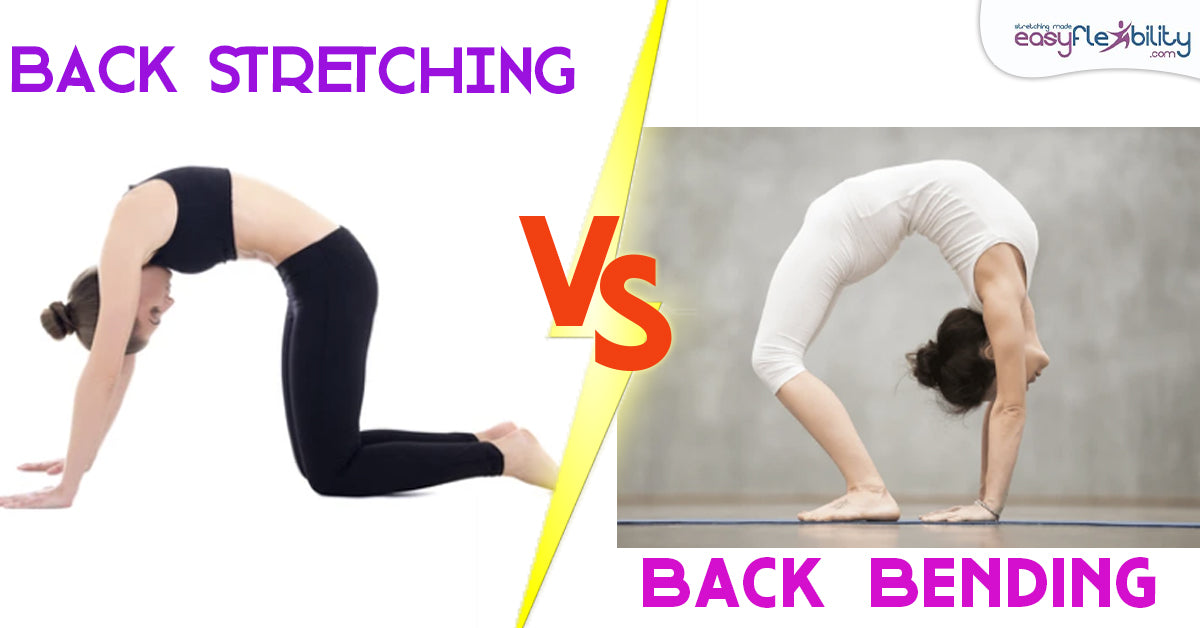Shoulder Injuries? Scapula mobilization may be the reason why…
Posted by Paul Zaichik on

Overhead shoulder flexibility training and shoulder injuries when the scapula is not properly mobilized.
This blog post is in response to questions about the previous blog post where I talked about shoulder flexibility and correlation to neck and head pain. I mentioned that there could be shoulder injuries when shoulder girdle and shoulder joint are stretched as a unit when the shoulder girdle is not mobile, and I was asked to expand on that.
You cannot lift your arms over your head 180 degrees or flex your shoulder 180 degrees without moving your shoulder girdle.
If you have not read the previous article as a quick summary: You cannot lift your arms over your head 180 degrees, or flex your shoulder 180 degrees without moving your shoulder girdle. Your shoulder joint will only move so much when the shoulder girdle is restricted, after that the shoulder girdle has to protract and rotate upward. If the shoulder girdle is not moving, it can happen for several reasons. Either the muscles that need to be flexible to let it move are not flexible enough. Or the muscles that actually move the shoulder girdle are either not strong enough or don't have proper innervation or awareness.
So, pectoralis minor, rhomboids, together with levator scapula will restrict the proper upward rotation. While trapezius and serratus anterior will move the scapula into upward rotation and protraction. Serratus anterior, specifically, will do the protraction.
Generally, an overhead stretch for the shoulder would be to take the arm and lift it up either with assistance or with a partner assistance or using a bar, a strap, a rope or any other device. At the same time a person can be lying on the back and bring the arm up to the ceiling and back down overhead and of course this can be done face down in various positions such as baby pose or in a downward facing dog or other positions using various devices.
Overhead Complete Shoulder Flexion Mobility
This program combines the range of motion supporting exercises with the stretching techniques to make sure that the body remembers the new range of motion, can use the new range of motion and retains the new range of motion by becoming comfortable in it.
It's easy to get started!
If you are ready to start your Overhead Shoulder Flexion training with a method that is Easy, Pain Free and Fast, that is designed to work naturally with your body and keep your strength & flexibility for years to come, then join thousands of satisfied EasyFlexibility practitioners and START YOUR TRAINING TODAY!
In plain language when the scapula doesn't move and the shoulder joint is forced to move further than it can, it will jam.
So in plain language when the scapula doesn't move and the shoulder joint is forced to move further and it cannot it will jam. And the tissues are going to get injured. Depending on how the stretch is done or what is being done, it can be a repetitive strain injury that accumulates overtime, or it could be an acute injury that is following a prolonged chronic damaging of the tissues.
Whatever the case might be, usually it’s a supraspinatus tendon, biceps tendon, bursa, that will get inflamed. Sometimes the labrum can get torn also. so, if the muscles of the scapula are isolated and stretched properly, providing that it's flexibility that is an issue and not innervation, eventually the arm can move safely without injury.
In the EasyFlexibility system we have specific Zaichik Stretching Techniques for the pectoralis minor and for the rhomboids. These ZST’s free up the movement of the scapula nicely. We also have, for people who need it, serratus anterior activation technique, which activate the serratus anterior providing that there is no inflammation or any other type of damage in the nerve that control the serratus anterior, this is rare but it does happen.
And if the muscles of the shoulder are still tight, such as rhomboids and teres major, posterior deltoid, and so on, these muscles can be stretched much easier without chance of injury and without the pain once the scapula is free to move.
Overhead Complete Shoulder Flexion Mobility
This program combines the range of motion supporting exercises with the stretching techniques to make sure that the body remembers the new range of motion, can use the new range of motion and retains the new range of motion by becoming comfortable in it.
It's easy to get started!
If you are ready to start your Overhead Shoulder Flexion training with a method that is Easy, Pain Free and Fast, that is designed to work naturally with your body and keep your strength & flexibility for years to come, then join thousands of satisfied EasyFlexibility practitioners and START YOUR TRAINING TODAY!
© ElasticSteel Corp., EasyFlexibility, Paul Zaichik, et. El., 2022. No part of the materials available through ElasticSteel.com, EasyFlexiiblity.com, site may be copied, photocopied, reproduced, translated or reduced to any electronic medium or machine-readable form, in whole or in part, without prior written consent of Paul Zaichik EasyFlexibility.com, Elasticsteel.com.. Any other reproduction in any form without the permission of Paul Zaichik EasyFlexibility.com, Elasticsteel.com is prohibited. All materials contained on this site are protected by United States copyright law and may not be reproduced, distributed, transmitted, displayed, published or broadcast without the prior written permission of Paul Zaichik, EasyFlexibility.com, Elasticsteel.com.
Share this post
0 comment









